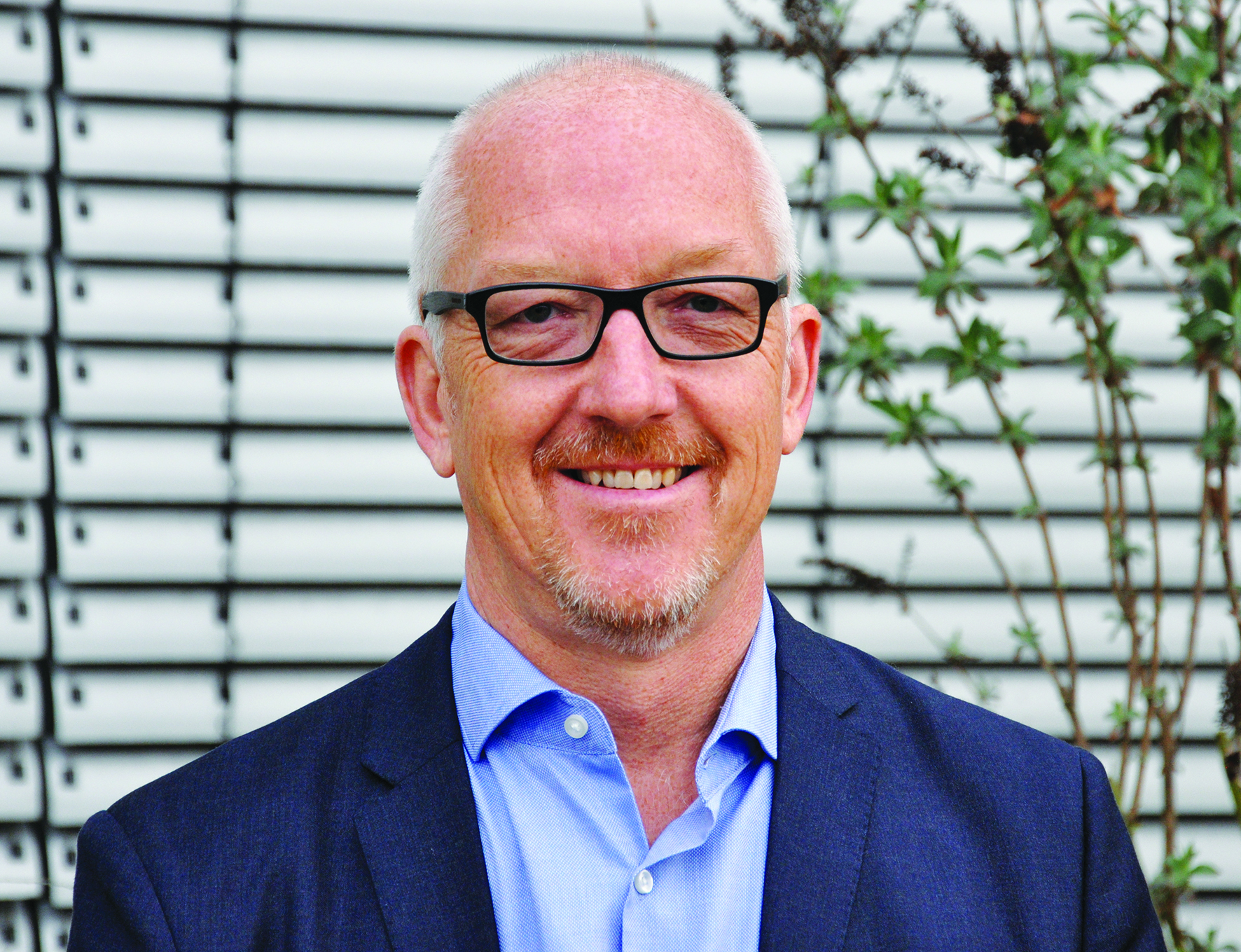GW: Firstly, congratulations to you and the European glass container community for joining together to create the ‘Furnace of the Future’ initiative. Was it a complex task to gain the support of the industry’s key players and what are the reasons for doing so?
Thank you! Indeed, this is a significant step and a major commitment by the European glass industry, which has already involved extensive discussion and evaluation. The founding members of the group have been working together on the project since 2017, as a team of technical experts within FEVE. As an industry, we are aware of the need to move towards carbon neutral glass packaging production and given the costs and expertise required to achieve this, an industry-wide approach was always the preferred option. We are delighted to have achieved this important first step, in which a new legal entity will be created as a Special Project Vehicle (SPV) to manage the project.
GW: How influential do you expect this project to be in creating a long-term future for Europe’s glass packaging industry?
We are confident it will be a significantly influential breakthrough pilot project across Europe and beyond. It will enable the sector to reduce CO2 emissions by up to 60% (60% in the furnace and 50% across the whole factory), enabling us to support our key customers in meeting their own sustainability targets.
GW: What are the framework, goals and expectations for this initiative?
This is an industry-wide project, with the ambition and expectation to prove that we can operate a full-scale furnace with significantly reduced CO2 emissions. This will be an important step in our journey towards climate neutral glass packaging production.
GW: Who will be responsible for co-ordinating and driving the project, as well as measuring the results achieved?
A Special Project Vehicle (SPV) will be created as a new legal entity to manage the project. The SPV will then enter into a contractual service agreement with Ardagh Group to invest in the project and share knowledge. All 20 companies within the SPV will have access to the furnace and related knowhow, enabling them to roll out the technology in their own businesses. Part of the project will also provide operator training for SPV member companies at the new furnace.
GW: What timescale has been set for the project and where will it be conducted?
The demonstration project will be built in 2022, with first results anticipated in 2023. The furnace will be built at one of Ardagh’s existing glass manufacturing locations in Germany, with more details to be confirmed once the related funding has been secured. The next steps are to apply for a grant from the EC innovation fund and set up the SPV to manage the project.
GW: You have decided on an oxy fuel/electric melting hybrid furnace concept. What is your motivation for following this design path, what other fuel combinations were investigated and why where they not selected?
We chose the hybrid oxy-fuel concept because it is the most proven technology, with the best available energy supply. Alternative energy sources such as hydrogen are currently not available. However, we are committed to exploring all possible pathways and hope that more solutions will be available to the industry in the future.
GW: What furnace size/capacity are you planning to develop and build to prove the technology’s fitness for purpose?
The plan is to build a commercial-scale furnace with a capacity to produce over 300 tonnes of glass per day. We will be able to provide more specific details once funding has been secured and a contract with a furnace builder has been signed.
GW: What criteria will be adopted for selecting the furnace contractor and how soon will the decision be made?
The selection criteria are confidential at this stage. However, experience with electric melting on a large scale will be preferable.
GW: Your press statement refers to the use of 80% renewable electricity to run the furnace. Are you also investigating suitable options to generate electricity and if so, how will this part of the project be managed?
We plan to use existing green energy supplies and are focusing our efforts on the development of the new furnace technology. Once the furnace is operational, we will consider alternative energy supplies.
GW: The ‘Furnace of the Future’ project will require significant financial and human resources to succeed. How will the project be financed and are you confident of securing ETS Finance for Innovation Fund Programme support?
In addition to seeking funding via an EU grant, the industry and Ardagh Group have committed to fund the project collectively, which demonstrates our commitment in moving towards carbon neutral production. By taking a sectoral approach, we believe there is a good chance of securing the required EU funding and we remain confident in this project’s ability to meet the Commission’s relevant criteria and objectives.
GW: Are you confident of finding a solution to the European glass container industry’s carbon neutral goals and when do you expect to see the results?
The technical and research evaluation work carried out to date gives us confidence that a solution is possible and that the project will be successful. Confirmed results are anticipated in 2023, when the furnace becomes operational.
Founding member companies of the ‘Furnace of the Future’ project are the following FEVE member companies: Allied Glass, Ardagh Group, BA Glass , Beatson Clark, Bormioli Luigi, Gerresheimer, GCA Gurallar Cam Ambalaj, O-I Europe, Pochet, Saverglass, SGD, Steklarna Hrastnik, Stoelzle, Verallia, Verescence, Vetreria Etrusca, Vetropack, Vidrala, Wiegand-Glashuttenwerke GmbH and Zignago Vetro.


